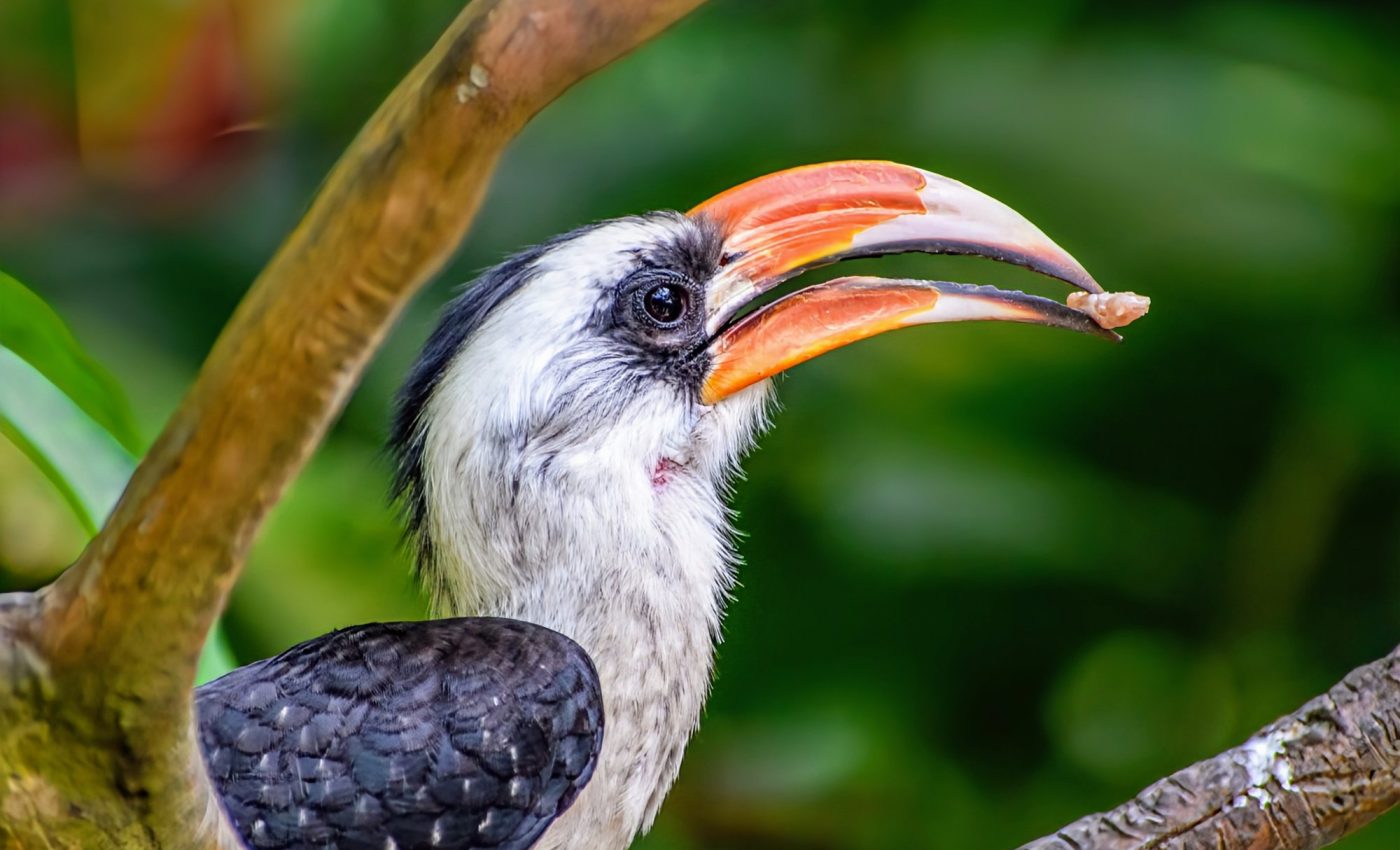
How a mass extinction triggered bird evolution
Delving into the fascinating world of evolution, we uncover the tale of rapid bird evolution that traces its origins to an event of mass extinction, some 66 million years ago.
Just as non-avian dinosaurs drew their last breath, the avian ancestors saw the dawn of their evolutionary journey.
Interestingly, the aftermath of the mass extinction, known as the end-Cretaceous mass extinction event, was a pivotal milestone in avian history.
It incited shifts in bird genomes, a phenomenon recently unveiled in a study conducted by the renowned University of Michigan.
These genomic fluctuations contributed significantly to the expansive diversity of existing bird species, a fact now echoed in the “genomic fossils” nestled within the DNA of birds.
Decoding genetic imprints from a bygone era
The study, published in Science Advances, holds the key to a deeper understanding of avian genome evolution.
“By studying the DNA of living birds, we can try to detect patterns of genetic sequences that changed just after one of the most important events in Earth’s history,” noted Jake Berv, the lead author of the study.
The research team succeeded in highlighting the lasting genomic imprints etched by this critical event in Earth’s timeline.
Life’s blueprint is determined by an organism’s genome, comprising four nucleotides: A, T, G, and C.
Changes in nucleotide composition across the genome can shape the evolutionary potential of an organism, lending it the ability to evolve.
The researchers discovered that the mass extinction event ignited shifts in nucleotide composition, influencing bird development, adult size, and metabolism.
From extinction to bird evolution
Following the mass extinction, surviving bird lineages underwent a dramatic transformation.
Within just 3 million to 5 million years, birds developed smaller body sizes and evolved patterns of pre-hatching development. More species started hatching in a delicate embryonic state, also known as “altricial.”
These hatchlings, dependent on parental feeding and taking weeks to fledge, are a stark contrast to “precocial” birds that hatch ready to fend for themselves, such as chickens and turkeys.
The study also revealed intriguing links between changes in bird biology and the detected genetic shifts. “We found that adult body size and patterns of pre-hatching development are two important features of bird biology we can link to the genetic changes we’re detecting,” the authors noted.
Leaps in avian research
Understanding the relationships between major bird groups has been a long-standing challenge in ornithology and evolutionary biology.
Traditionally, genomic data was examined using models that assumed DNA composition, or the proportion of A, T, G, and C nucleotides, remained constant across evolutionary history.
However, the researchers developed a software tool to track DNA composition over time, allowing for a more fluid model of DNA evolution.
The use of this tool led to exciting discoveries; crucial shifts in DNA composition closely followed the end-Cretaceous mass extinction.
This novel approach allowed the experts to infer which bird traits were tightly linked with these DNA composition shifts, providing unprecedented insights into the impact of mass extinctions on genetic evolution.
Mass extinctions and bird genomic evolution
Concluding on an exciting note, the findings of this study anchor mass extinction events as critical players in not just altering biodiversity and ecology but also reshaping the course of genomic evolution.
In the world of science, the ripple effects of the mass extinction that wiped out giant dinosaurs continue to fascinate researchers, offering profound insights into the intricacies of biological evolution.
As we explore the early narratives of birds through these groundbreaking insights into genomic evolution, we are led to a more nuanced understanding of their history.
“This study illustrates that we have probably been missing something,” said the researchers, encouraging a fresh perspective in the future of evolutionary biology.
Future of avian genomics
As we stand on the brink of a new era in avian research, the implications of these findings extend far beyond understanding bird evolution.
The insights gained from studying genomic changes following mass extinctions can inform conservation strategies aimed at preserving our planet’s avian diversity.
By recognizing the genetic factors that contribute to resilience and adaptability in birds, scientists can better equip conservation efforts to address the challenges posed by climate change and habitat loss.
Moreover, this research lays the groundwork for exploring how other species have adapted and evolved in response to similar catastrophic events throughout Earth’s history.
As we continue to decode the genetic imprints left by these pivotal moments, we gain not only a clearer picture of avian history but also the potential to safeguard the future of countless species facing extinction today.
The study is published in the journal Science Advances.
—–
Like what you read? Subscribe to our newsletter for engaging articles, exclusive content, and the latest updates.
Check us out on EarthSnap, a free app brought to you by Eric Ralls and Earth.com.
—–













